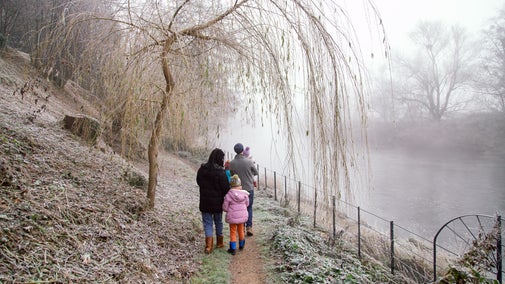Coombe Hill and Chequers trail
Oxfordshire, Buckinghamshire & Berkshire
This is a moderately energetic circular walk offering panoramic views across the Aylesbury Vale. You will see rare chalk grassland, beautiful woodlands, the pretty village of Ellesborough and the Prime Minister’s country retreat at Chequers. You will taste the fascinating history and pre-history of a part of the Chiltern Hills that has been inhabited by people for thousands of years.
Near to
Chilterns CountrysideStart point
Coombe Hill car park, grid ref SP 851062Trail information
Map recommended
We strongly recommend using the local 1:25 000 Ordnance Survey map in addition to these instructions.
More near here
Hambleden and Pheasant’s Hill trail
Visit rural hamlets, stroll through beech woods and enjoy views across the Hambleden Valley on the Hambleden and Pheasant’s Hill trail.

Get in touch
Chilterns Countryside, c/o Hughenden estate, High Wycombe, Buckinghamshire, HP14 4LA
Our partners

We’ve partnered with Cotswold Outdoor to help everyone make the most of their time outdoors in the places we care for.
Staying safe at National Trust places
The special places in National Trust care sometimes come with a few risks for visitors, be it coastline or countryside. Find out how to keep safe throughout your visits.

Cotswold Outdoor: our exclusive walking partner
Learn about the National Trust’s ongoing partnership with Cotswold Outdoor. Find out how they help us care for precious places and the exclusive discount available for National Trust supporters.

Walking
Explore some of the finest landscapes in our care on coastal paths, accessible trails, woodland walks and everything in between. Find the best places to walk near you.

Walking in Oxfordshire, Buckinghamshire and Berkshire
From gentle strolls for little legs to longer hikes through the rolling Chiltern hills, these are some of the best walks in Oxfordshire, Buckinghamshire and Berkshire.









